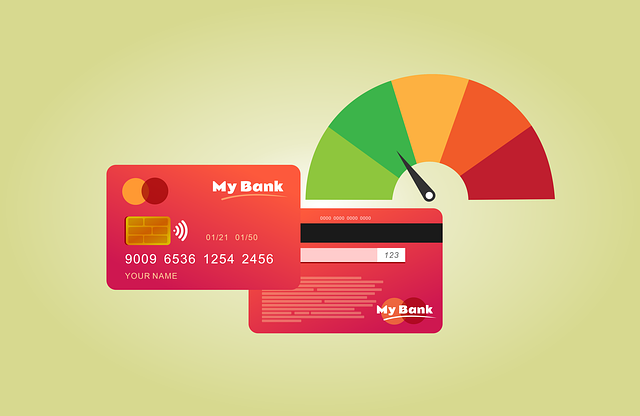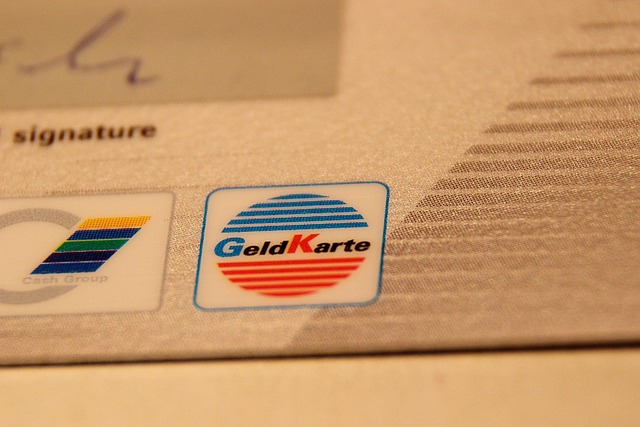The debt utilization ratio (DUR) is a critical metric gauging an individual's or entity's ability to manage debt, especially in real estate investments, by calculating total debt as a percentage of equity. Maintaining a low DUR enhances financial stability, improves borrowing capabilities, and reduces risk—key factors for successful real estate strategies. High DUR limits opportunities, increases risk, and hampers long-term health. To achieve a low DUR, create a detailed budget, cut non-essential expenses, automate savings, strategically repay debt, boost income, and review budgets regularly. This approach empowers property owners to handle unexpected costs, invest in growth, improve credit scores, and access better loan terms—all vital for long-term success in real estate.
In the dynamic realm of real estate, managing debt is key to unlocking investment success. This article guides you through the essential concept of debt utilization ratio and its profound impact on your real estate ventures. We’ll explore practical strategies to reduce debt burdens, ensuring financial stability and long-term prosperity. Discover how maintaining a low debt-to-utilization ratio can empower property owners, offering benefits that extend far beyond immediate savings.
Understanding Debt Utilization Ratio and Its Impact on Real Estate Investments

The debt utilization ratio is a key financial metric that measures an individual’s or entity’s ability to manage and repay their debts, which is especially crucial in the context of real estate investments. It represents the total debt as a percentage of the owner’s equity in a property. For instance, if someone owns a property valued at $500,000 with a mortgage of $300,000, their debt utilization ratio would be 60%. Maintaining a low debt utilization ratio is essential for several reasons. Firstly, it indicates financial discipline and the capability to handle potential market fluctuations or unexpected expenses without incurring substantial debt. In real estate, this translates to more stability in investments, allowing property owners to navigate changing market conditions with confidence.
When considering real estate as an investment, a lower debt utilization ratio can lead to better borrowing capabilities and potentially lower interest rates on loans. This is because lenders perceive borrowers with higher equity and lower debt as less risky. As a result, investors may have access to more capital for further investments or be able to secure financing at competitive rates, thereby maximizing returns. Conversely, high debt utilization ratios can limit investment opportunities and increase financial risk, especially during economic downturns when property values may decline. Therefore, understanding and managing this ratio is vital for making informed real estate decisions and ensuring long-term financial health.
Strategies to Reduce Debt and Maintain Financial Health in Real Estate

Maintaining a low debt utilization ratio is crucial for real estate investors and homeowners alike, as it demonstrates financial health and stability to lenders and can lead to better borrowing terms. To reduce debt, start by evaluating your current financial situation. Create a detailed budget that categorizes fixed expenses and variables like housing, utilities, food, transportation, entertainment, and discretionary spending. Identify areas where you can cut back without sacrificing essential needs or quality of life. Automate savings by setting up regular transfers from your checking account to savings or investment accounts dedicated to retirement funds, emergency reserves, and real estate investments.
Consider strategic debt repayment methods such as the debt snowball (paying off debts from smallest to largest) or debt avalanche (targeting high-interest debts first). Additionally, explore opportunities to increase income through side hustles, freelance work, or asking for raises or promotions at your primary job. For real estate investors, this could mean leveraging rental income to pay down mortgages faster or exploring property flipping as a means to generate capital gains. Regularly reviewing and adjusting your budget ensures you stay on track with debt reduction goals while adapting to changing financial landscapes.
Long-term Benefits of a Low Debt Utilization Ratio for Property Owners

For property owners, maintaining a low debt utilization ratio offers significant long-term benefits in the realm of real estate. By keeping debts at manageable levels, homeowners can enjoy enhanced financial flexibility and stability. This allows them to navigate unexpected expenses or market fluctuations more effectively, ensuring they aren’t burdened by excessive debt. With a robust financial foundation, property owners are better positioned to capitalize on opportunities like investment properties or home improvements, fostering growth in their real estate portfolio.
A healthy debt utilization ratio also boosts one’s credit score over time, which is crucial for future borrowing needs such as mortgages or home equity loans. This improved credit profile can lead to more favorable loan terms and lower interest rates, saving property owners money in the long run. Moreover, it demonstrates financial responsibility to lenders and service providers, fostering trust and potentially unlocking exclusive perks and services tailored for responsible borrowers.






